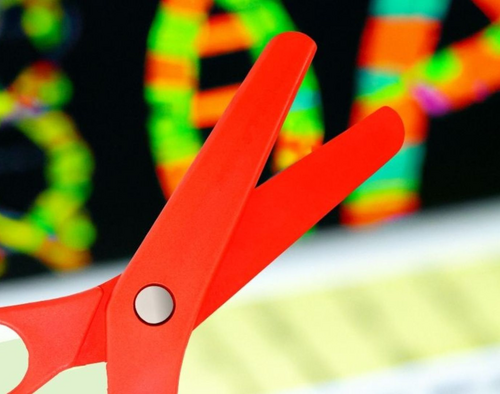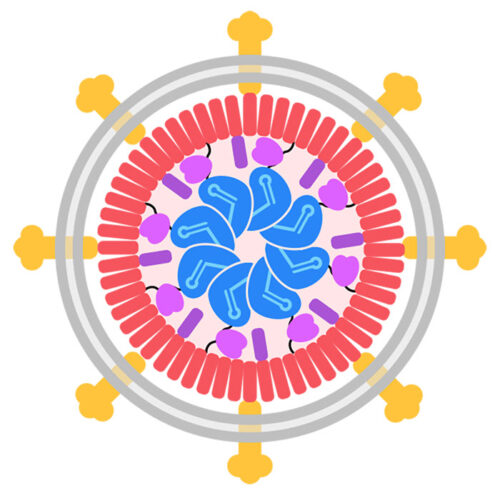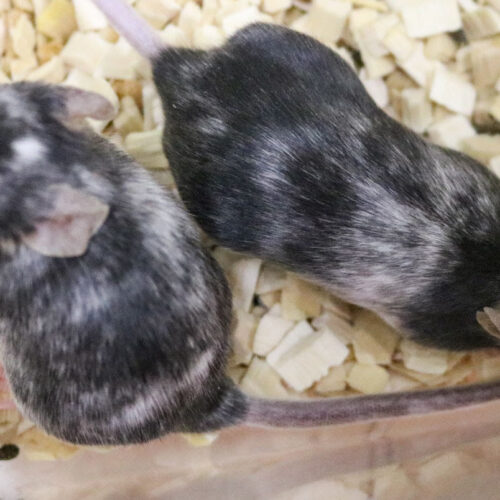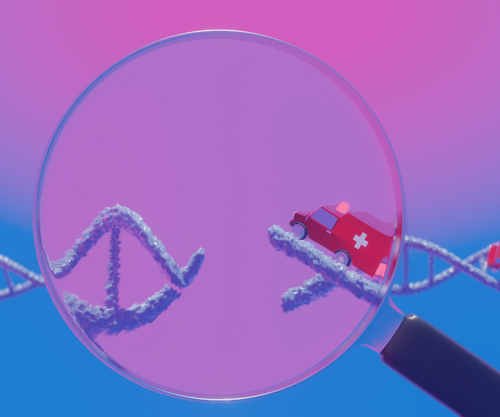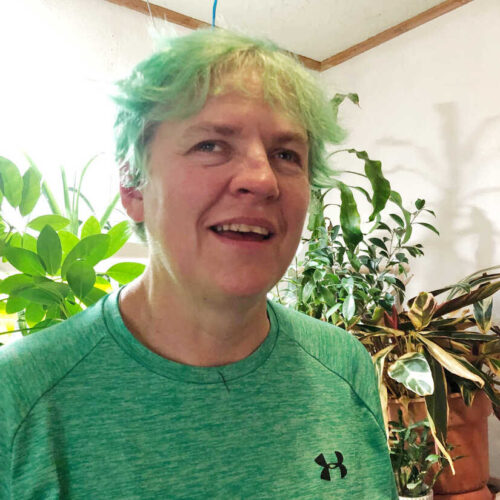INSTITUTE FOR RESEARCH IN BIOMEDICINE (IRB BARCELONA) IMAGE: GENE EDITING VIA CRISPR/CAS9 CAN LEAD TO CELL TOXICITY AND GENOME INSTABILITY CREDIT: IRB BARCELONA Researchers at IRB Barcelona identify critical spots on the genome where gene editing could cause an unwanted response, and they provide recommendations for safer approaches. The results have been published in Nature Communications....
Tag: <span>Gene editing</span>
Gene-editing improved with chemical process
Case Western Reserve University researchers combine novel chemical method with CRISPR gene-editing tools to target disease-specific versions of genetic code. The gene-editing technique known as CRISPR accelerated biological and medical research in the last decade by allowing scientists to repair the DNA of human cells almost as simple as using a pair of scissors. Gene-editing—and especially CRISPR,...
Study in mice shows potential for gene-editing to tackle mitochondrial disorders
Defective mitochondria – the ‘batteries’ that power the cells of our bodies – could in future be repaired using gene-editing techniques. Scientists at the University of Cambridge have shown that it is possible to modify the mitochondrial genome in live mice, paving the way for new treatments for incurable mitochondrial disorders. Our cells contain mitochondria,...
‘Ghost’ viruses offer potentially better approach to gene editing
12 JAN 2022 BY ROBERT F. SERVICE Not every human disease can be tackled with a pill or shot. Some disorders would ideally be treated by delivering molecular payloads—like modified viruses carrying gene-editing tools—into defective cells, where they could rewrite target genes. Despite some early successes, researchers are still struggling to get this approach to...
Potential New Gene Editing Tools Uncovered
Few developments have rocked the biotechnology world or generated as much buzz as the discovery of CRISPR-Cas systems, a breakthrough in gene editing recognized in 2020 with a Nobel Prize. But these systems that naturally occur in bacteria are limited because they can make only small tweaks to genes. In recent years, scientists discovered a...
Intellia, with first results, delivers a ‘landmark’ for CRISPR gene editing
Ben Fidler Senior Editor del Aguila III, Ernesto. (2018). “CRISPR Cas9” [Illustration]. Retrieved from Flickr. An infusion of an experimental CRISPR gene editing medicine has shown early promise as a treatment for a rare inherited condition, an encouraging finding that marks the latest, significant step forward for a technology awarded a Nobel prize last year. Treatment...
Gene editing produces all-male or all-female litters of mice
3 DEC 2021 3:05 PM BY ELIZABETH PENNISI These mice have been genetically modified to parent single-sex litters. FRANCIS CRICK INSTITUTE In some farmers’ ideal world, cows would birth only females, sows would bear no boars, and chicks would all grow up to be hens. Such sex ratios would stop them from killing millions of...
Princeton-led study of DNA repair boosts prospects for gene editing technology
PRINCETON UNIVERSITY IMAGE: A NEW TOOL CALLED REPAIR-SEQ (MAGNIFYING GLASS) ALLOWS RESEARCHERS TO QUICKLY SEE HOW DIFFERENT GENES INVOLVED IN REPAIR OF DNA DAMAGE (AMBULANCES) AFFECT THE ACCURACY AND EFFICIENCY OF GENOME EDITING TECHNOLOGIES—IN THIS CASE, ONE THAT WORKS BY FIRST CAUSING A DOUBLE-STRANDED DNA BREAK. CREDIT: CAITLIN SEDWICK FOR PRINCETON UNIVERSITY The ability to...
Gene editing can turn storage fat cells into energy-burning fat cells
by UT Southwestern Medical Center Lavanya Vishvanath, Senior Research Associate and Rana Gupta, Ph.D. in the research lab. Credit: UT Southwestern Medical Center A team of researchers at UT Southwestern Medical Center’s Touchstone Diabetes Center have successfully used CRISPR gene editing to turn fat cells normally used for storage into energy-burning cells. “It’s like flipping a switch. We removed the ‘brake’ on...
A Gene-Editing Experiment Let These Patients With Vision Loss See Color Again
ROB STEIN Carlene Knight, who has a congenital eye disorder, volunteered to let doctors edit the genes in her retina using CRISPR.Franny White/OHSU Carlene Knight’s vision was so bad that she couldn’t even maneuver around the call center where she works using her cane. “I was bumping into the cubicles and really scaring people that...

